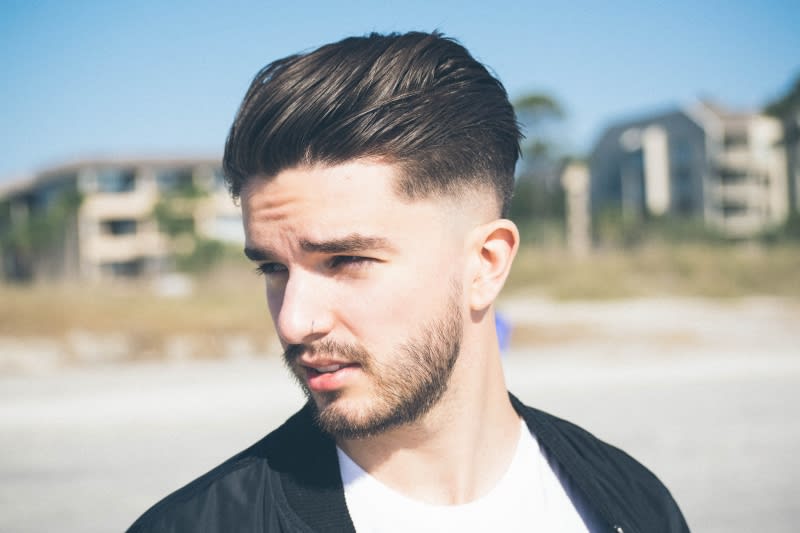Why Does Hair Change Color When it Grows Back?

So you’ve been using minoxidil or finasteride for a few months and you’re starting to see some regrowth? That’s great!
But if the new hair looks like it’s a different color than the hair you had before, it’s reasonable to be a little concerned about what that means.
So we spoke to world-renowned hair loss expert and Keeps medical advisor Dr. Antonella Tosti about what hair color changes mean and whether or not you should be worried about them.
Why is regrown hair sometimes a different color?
“Hair affected by male pattern baldness becomes thinner, shorter, and lighter,” Dr. Tosti says. “Hair loss treatments like minoxidil and finasteride reverse this process, making hair thicker, longer, and darker.”
That means that if your new hair looks darker than the hair you had before, it’s because it’s healthier. A thicker head of hair tends to look a little darker than a thinning mane. In other words, the color change is a good sign!
Is minoxidil more likely to cause your hair to change color than finasteride?
If you’ve been researching hair loss treatments online, you might see more guys who use minoxidil talking about their hair changing color.
That might lead you to believe that minoxidil is more likely to change the color of your hair than finasteride, but Dr. Tosti says that’s not the case. (But if your hair is dyed, minoxidil might lighten it a bit.) So, unless you have dyed hair, minoxidil and finasteride are equally likely to affect your hair color.
Is a change in hair color a sign of damage?
Nope! “Darkening is a sign of efficacy,” Dr. Tosti says. So if your hair looks like it’s changing color, there’s no need to worry—it just means your treatment’s working.
Will darkened hair ever go back to its original color?
All of this might not be very reassuring if you liked your hair the way it was. But, according to Dr. Tosti, the only way to get your hair back to its old color (aside from hair dye, of course) would be to stop using your treatment.
“If you stop the treatment, your hair will become thinner and lighter,” she says. “But baldness will also be more evident.”
So going back to your old color also means going back to your old head of hair—thinning included.
What about texture? Can that change too?
Yep, your hair loss treatment can also change the texture of your hair. Dr. Tosti explains that because thin hair tends to be short and curly, it appears frizzy. When hair grow back thicker, the quality improves and it becomes shinier.
To sum all that up, if your regrown hair looks darker than your old hair, it’s probably because your treatment’s working as intended—making your hair thicker and healthier than it was before.
Already using minoxidil or finasteride? Order through Keeps to get the same treatment for a lower price (and without having to leave your house).
The information provided in this article is not a substitute for professional medical advice, diagnosis, or treatment. You should not rely upon the content provided in this article for specific medical advice. If you have any questions or concerns, please talk to your doctor.
If you would like to learn more about finasteride, please see the full prescription information here. You are encouraged to report negative side effects of prescription drugs to the FDA. Visit MedWatch: https://www.fda.gov/Safety/MedWatch/default.htm or call 1-800-FDA-1088
Photo by Nathan Fertig on Unsplash